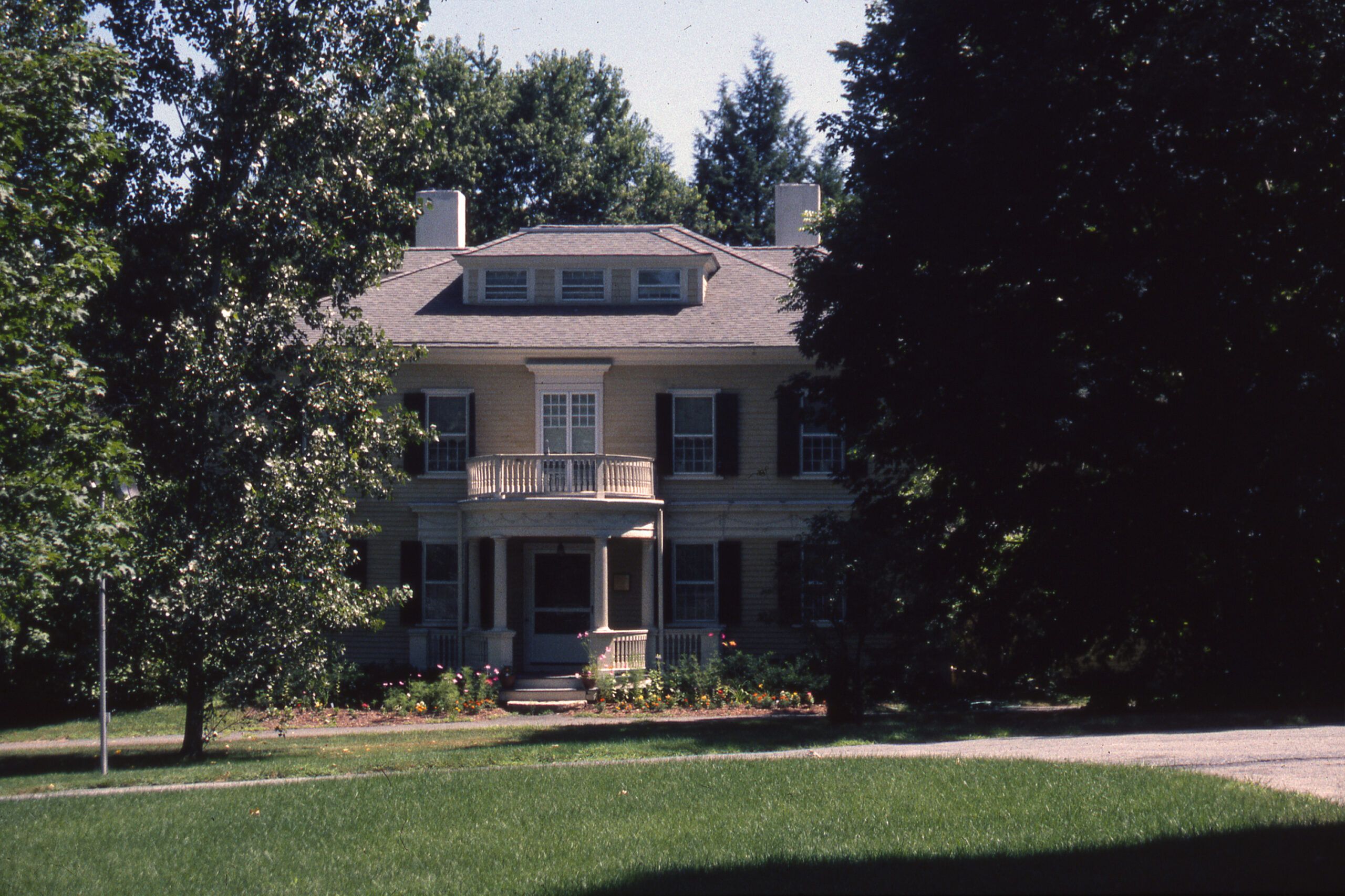Reviving an elegant survivor was the assignment of the season, and This Old House approached the task with one eye on history and the other on practicality. Kirkside, an 1815 National Historic Register home in Wayland, Massachusetts, needed basic repairs and systems upgrades from rooftop to basement floor. The renovation effort expanded the dark and cramped kitchen, refurbished the four—season porch, master bedroom and ballroom, and restored the house’s historic paint scheme and portico.
Owners Chris and Joan Hagger had inherited the massive home from his parents, who had run an antiques business out of it for years. They and their two young sons loved the idea of living in a piece of history, but the building’s problems were daunting and getting more so with each new inspection. This Old House hoped that with some help, and some discipline, the Haggers would get a good start in their new stewardship of this historic house. “This was like a dream come true,” said Hagger. “I got to participate in a television show I’ve watched for many years, while at the same time restoring my family’s home.”
“This project presented us with several different, and competing, demands,” recalls Steve Thomas. “The building could easily have soaked up every dollar thrown at it, but the Haggers had a limited budget. We had to make sure they had their needs taken care of while at the same time we looked out for the interests of the house as an important historic structure.”
A central feature in the old New England town of Wayland, Kirkside stands, as its name implies, next to a church. It began life as a simple Federal-style building, housing a dry goods store, a dwelling, and a large room that the town used as a meeting hall from 1815 to 1845. This unusual room—with its twin fireplaces, coved ceiling and unbroken 40-foot sweep—resulted from an arrangement the town made with Kirkside’s builders. In need of a new town meeting hall, town officials traded the beams and timbers salvaged from the previous town hall (built in 1726) for the right to use part of the new building for 30 years.
Purchased in the 1880s by a wealthy banker, the original Federal building was significantly “dressed-up” in the then-emerging Colonial Revival style, giving the house the distinctive look that makes it a town landmark today. The banker also decorated the old meeting hall with stunning handblocked French wallpaper depicting natural scenes from the Artic to the jungle. That this wallpaper, and the room itself, should have survived intact was a rarity, and the Haggers felt that they were stewards of a piece of history, a feeling that extended to the rest of the house.
Romance was quickly supplanted by the hard facts of the building’s overall condition. It was covered in peeling lead paint. The roof shingles were shot. Several sections of the sill were rotted. There were asbestos-covered pipes and an ancient steam boiler in the basement. The once-grand portico was a cheesy shadow of its former self. The addition was supposed to hold the new kitchen and master bath was undersized and underframed. The septic system was near the end of its useful life.
And so began the Haggars’—and our—long haul. The new septic system amounted to burying $20,000 in the back yard. Removing the lead paint opened up the question of the building’s historic colors, a fascinating bit of research that took us to the labs of the Society for the Preservation of New England Antiquities—and ultimately in front of a skeptical Wayland Historical Commission. In the end, but not before some impassioned debate, the members approved the new yellow and cream scheme. The kitchen addition was gutted, strengthened and expanded. We poured a new concrete floor over radiant-heating tubes in the porch and put in beautiful French doors all around. And many long days and late nights were spent reproducing the lost portico, with its graceful curved porch, turned balusters and graceful columns.
Along the way we engaged the services of an historic paint specialist, a restoration carpenter versed in the use of epoxies, a preservation mason, chimney sweeps and a wallpaper conservator. We also used the state of the art in air-conditioning systems, windows, roof membranes, breaker boxes, lighting and security systems, and tried an early form of computer-modeling software to envision the new kitchen.
What emerged was a home with its 19th-century gracefulness restored, yet able to handle a family from the late 20th with ease.

